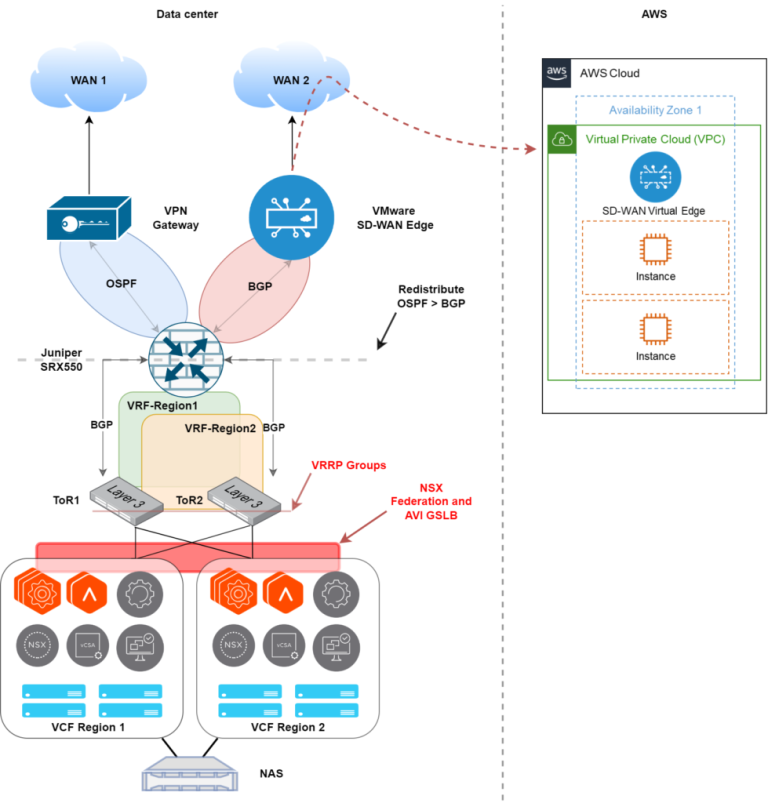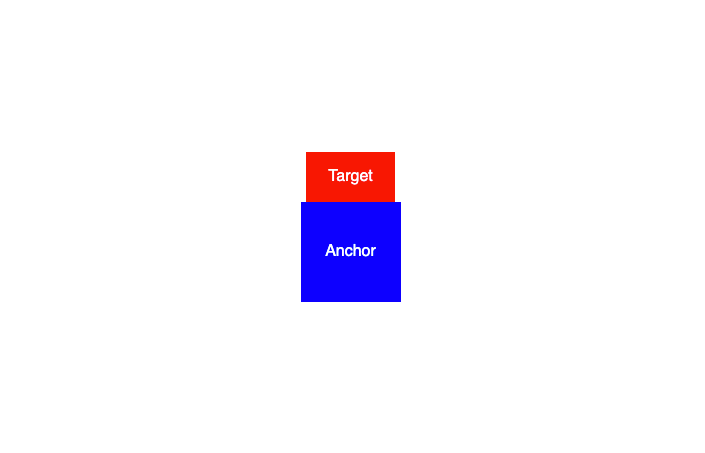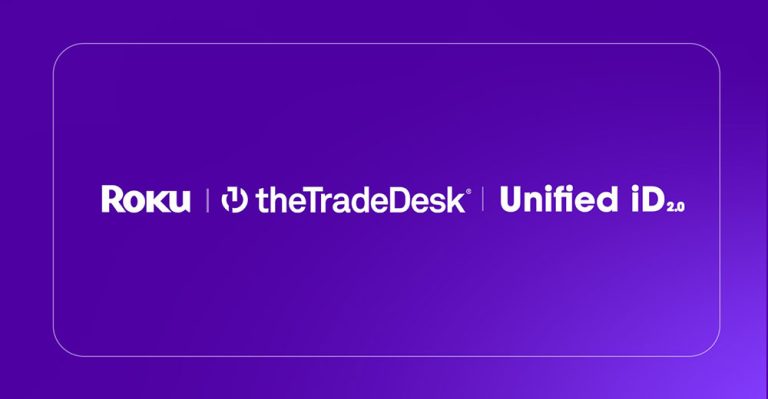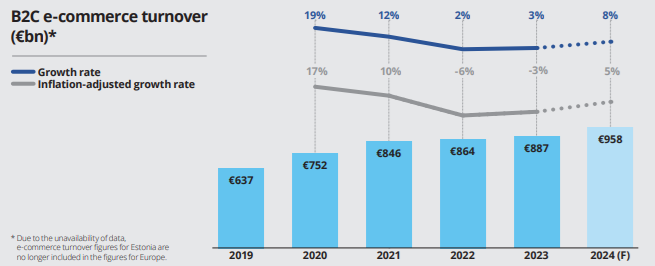Merchants squander search-engine opportunities when they publish bare-bones product detail pages.
The practice of ranking a product page on organic search results is nuanced and detailed. While one could focus on dozens of technical aspects, the content makes a product detail page unique.
Here are five content tactics for better product page rankings.
Table of Contents
Questions Answered
Questions on ecommerce product detail pages typically take one of two forms: “frequently asked” or “user-generated.” Both fit well with Google’s experience, expertise, authoritativeness, and trustworthiness (EEAT) framework and otherwise provide critical long-tail keywords.
The FAQ approach facilitates structured data markup, such as Schema.org, to help search engines understand a page’s purpose. It can also provide product specs and other deep-dive info.
Newegg, for example, deploys user-generated Q&A.
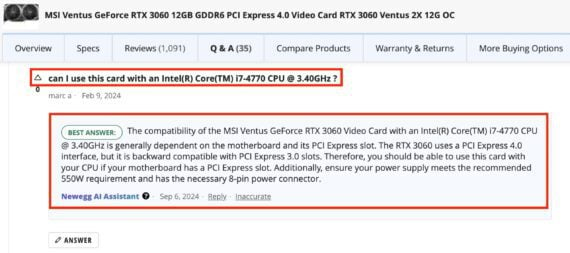
Newegg deploys user-generated questions on its product pages. Click image to enlarge.
Product Reviews
User-generated reviews can also differentiate a product detail page for both search engines and shoppers.
Reviews are similar to questions in that they can (i) employ structured data markup, (ii) encourage trust, and (iii) insert long-tail keywords. Reviews are also eligible for rich snippets on organic listings, which boost click-throughs.
Search optimizer Bruce Clay reported in March 2024 that at least one user-generated reviews campaign had increased search traffic to an ecommerce site by 80%.
Huckberry, the men’s apparel site, places customer reviews on its product pages.
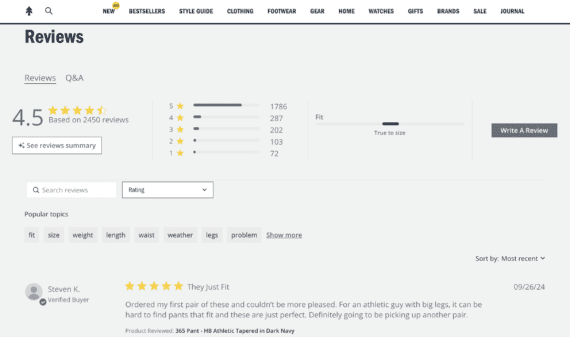
Huckberry includes user-generated reviews on all of its product detail pages. Click image to enlarge.
Guides
A detailed guide on a full-funnel product page can move shoppers through the typical stages of a buying journey: attention, interest, desire, and action.
Apple uses guides on its product pages. For example, a shopper browsing the long MacBook Pro product detail page encounters a section about the M3, M3 Pro, and M3 Max chips used in that laptop. Shoppers can “go deeper on M3 chips.”
The guide helps move shoppers along the buying journey while elevating search engine rankings.
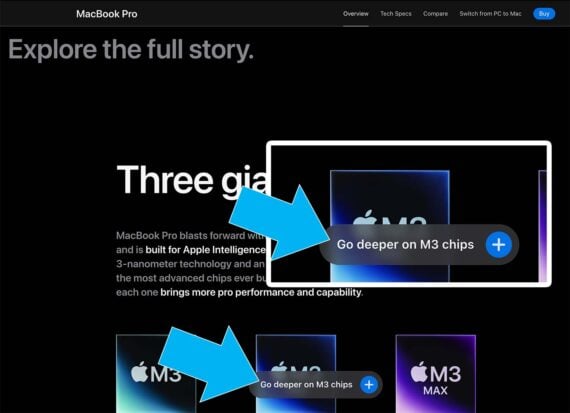
Apple uses detailed guides on product detail pages.
Tables
Tabular data can differentiate a product detail page for shoppers and search engines. An easy-to-read, informative table can keep a shopper on the page and discourage bouncing.
Plus, tables with product specs and features provide essential search-engine keywords and facilitate structured data and rich snippets.
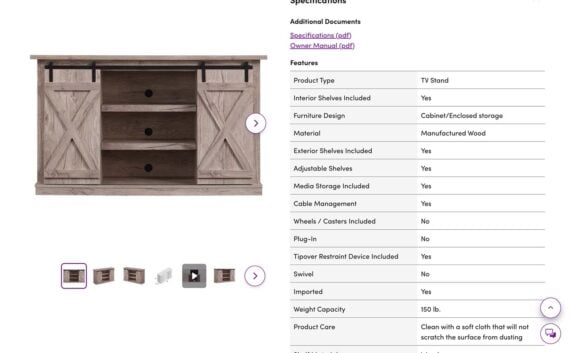
Wayfair organizes product specifications into an HTML table. This format is good for both shoppers and search engines. Click image to enlarge.
Descriptions
Product descriptions are last on this list of ideas but first in the ability to impact search rankings.
I’ve written several thousand articles for Practical Ecommerce. One of my favorites is a 2016 post titled “How to ‘Manufacture’ Product Descriptions for Ecommerce,” which walks through the process of creating a soup spoon description, concluding with this:
Hungry for some hearty chicken noodle or creamy clam chowder? This soup spoon has a large bowl to haul bisques and broths to your mouth. In fact, this soup spoon can hold about three times as much soupy goodness as your standard table spoon. You could take three times as many bites or buy this soup spoon and slurp large.
Product descriptions are an excellent opportunity to include keyword phrases in a very natural way.
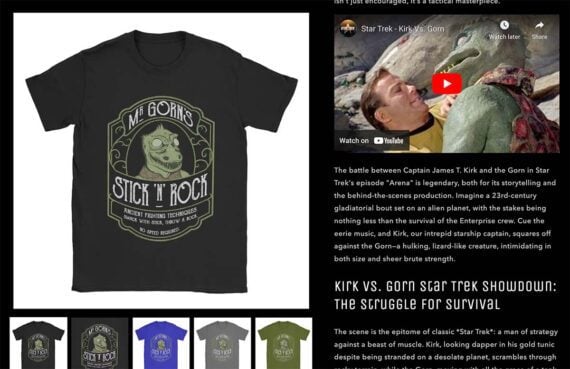
This Star Trek t-shirt includes a detailed description of the television episode it depicts, adding specific keyword phrases. Click image to enlarge.
